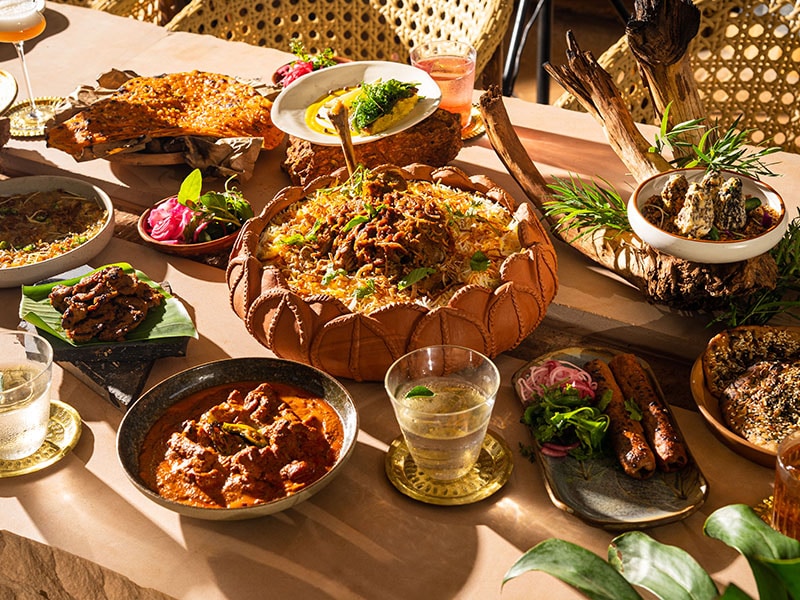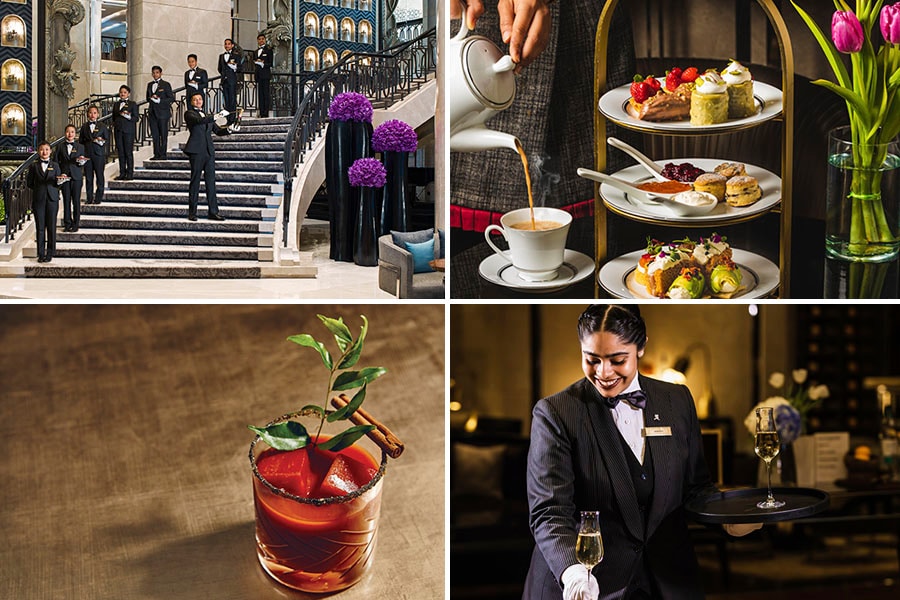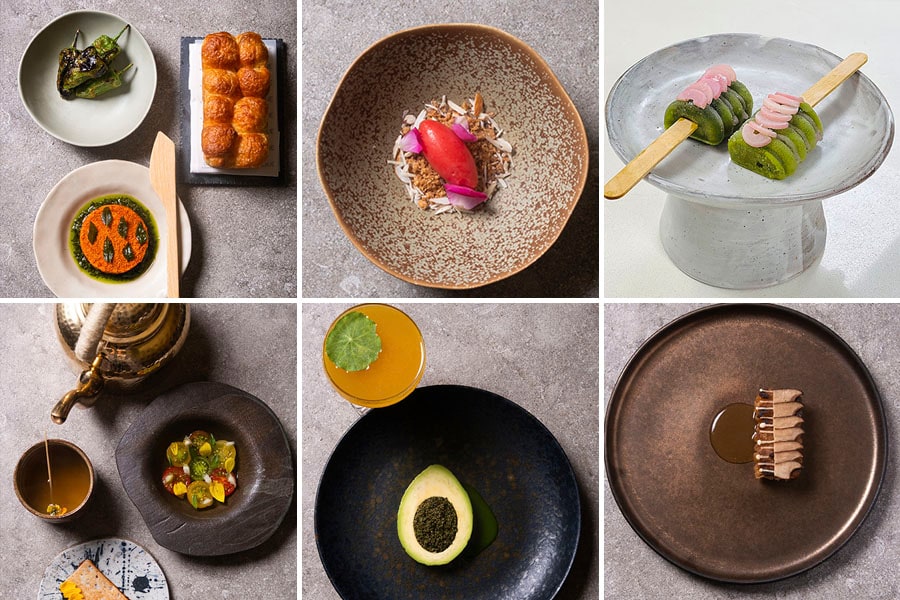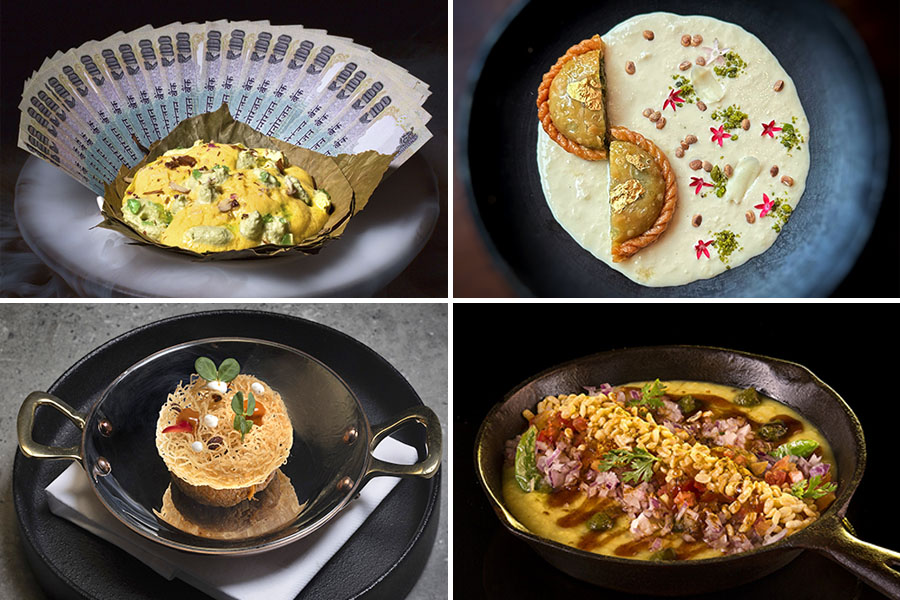
Why restaurateurs are betting big on India's new penchant for luxe dining experiences
Post pandemic, people are more open to experimentation and quality, and willing to pay more for unique, high-quality, crafted experiences that are upscale yet casual
 Bawri Goa puts forth an elevated but traditional dining experience with many Avadhi/Mughlai gems.
Bawri Goa puts forth an elevated but traditional dining experience with many Avadhi/Mughlai gems.
In the 19th century, when Lucknow was the epitome of cosmopolitan luxury, a banquet hosted by nawab Muhammad Ali Shah, the then titular ruler of Avadh, reputedly served 70 types of pulao, including the “navratan”—with grains of rice coloured (with natural vegetable extracts) as nine coloured gems! At Bawri, Goa’s latest outpost for luxurious dining—in Assagao, where else—the pulao is once again a centrepiece.
At the end of a long evening filled with dishes signalling a long lost past, the likes of jackfruit haleem, sigri-grilled kakori, judiciously spiced nihari, and a deliciously inventive silken bheja (a Mughal-style goat brain preparation) stuffed inside black rice dosa, comes the raan biryani. It is meant to be the showstopper, combining two star Mughlai/Avadhi dishes—a whole leg of lamb and the Avadhi pulao, here tweaked to cater to pan-Indian tastes as the biryani. Chef Amninder Sandhu, chef-partner, comes bearing it on a long salver, and then carves out the raan at the table.
“It is a dish meant to be shared by at least three-four people. And we have people even flying in from Mumbai to enjoy it,” says Bawri’s owner Sahil Sambhi, a well-known restaurateur in Delhi-NCR, who is now on course to an ambitious expansion of this latest luxe outpost. While the restaurant in Goa has been attracting a steady crowd of Mumbai and Delhi HNIs, including many stars from the world of films and sports, in November, it is also set to open in Mumbai’s BKC as a sprawling 4500 square feet space, front-footing classical Indian flavours, many cooked by traditional bawarchis (professional banquet cooks) and halwais under Sandhu’s orchestrations.
“We have roughly infused Rs 9 crore in putting together this restaurant that aims at targeting HNIs and corporates,” says Sambhi, who says he will also take the brand to Dubai and London after Mumbai and is betting big on India’s new penchant for high-end, high quality restaurant experiences, even when the service style remains casual.
“Upscale casual” is how the new luxury dining in India may be defined: Unique, high quality food and beverage experiences that are not stiff or formal. This sort of eating and drinking out is commanding an unprecedented premium across restaurants and bars in India, most visibly in the metros, in markets such as Delhi, Mumbai, Goa, but also in emerging luxe restaurant hubs such as Chandigarh, Pune and Hyderabad.










